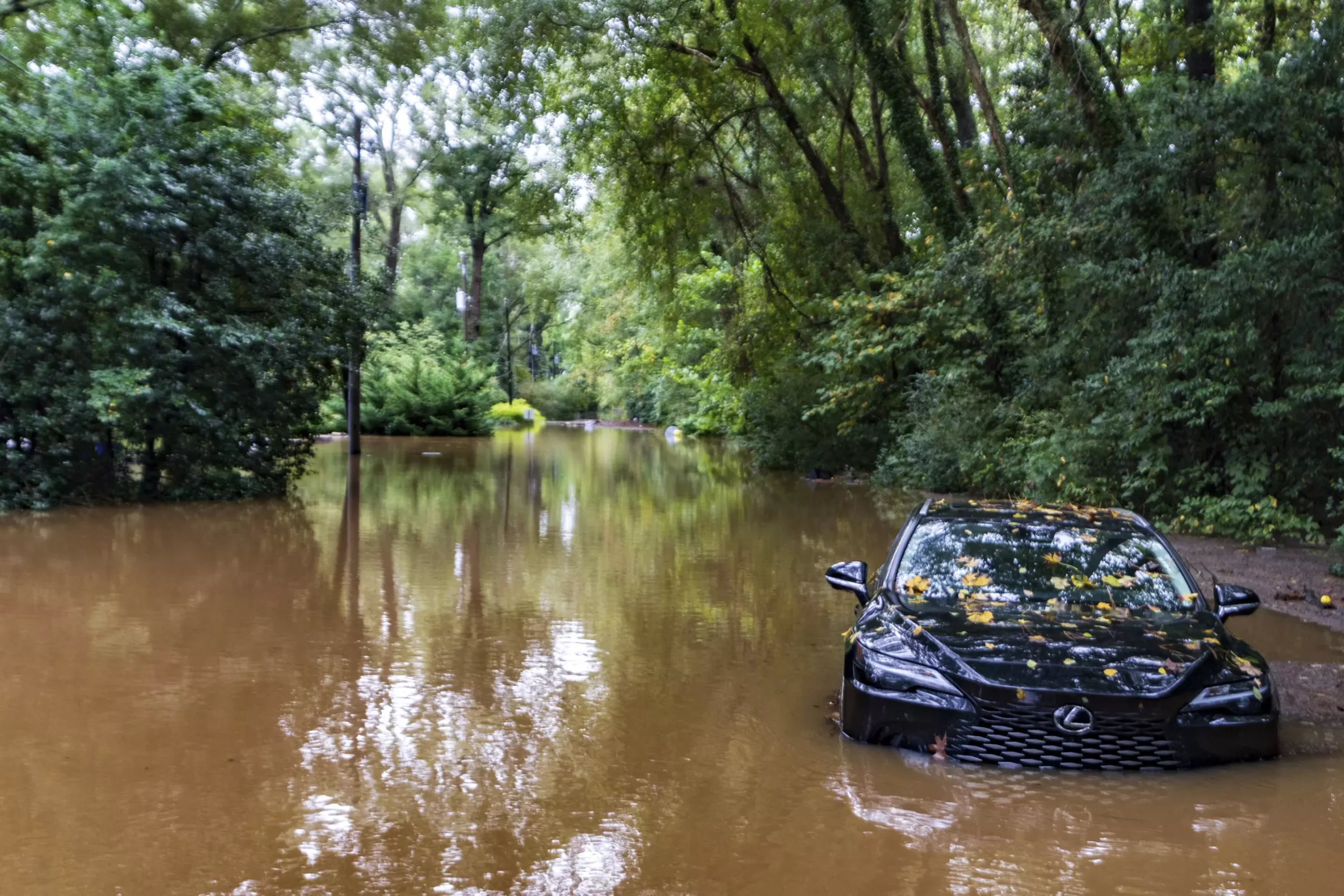As electric vehicles (EVs) become increasingly popular, concerns regarding their safety in extreme weather conditions are garnering attention. This concern is particularly pertinent for coastal communities that frequently experience hurricanes, such as the recent Hurricane Helene that struck Florida. With the nature of these storms posing unique threats to EVs, owners must be proactive in safeguarding their vehicles against potential hazards, which include fire risks arising from saltwater inundation.
While the likelihood of an electric vehicle catching fire due to saltwater exposure is relatively low, notable incidents have been reported in recent years, alarming both the public and regulatory agencies. Hurricane Ian in 2022, for example, led to battery compromise in approximately 5,000 EVs, resulting in fires in 36 of these vehicles. The saltwater from storm surges is a major concern due to its conductive properties, which can bridge gaps between a battery’s terminals, leading to short circuits and potential fires.
Experts from the National Transportation Safety Board (NTSB) like Tom Barth explain that when saltwater comes into contact with the battery’s terminals, it can escalate into a thermal runaway situation. This occurs when heat from one part of the battery begins to spread to others, creating a cascading failure. Consequently, while EV manufacturers design their vehicles with measures to prevent moisture intrusion and overlapping energy flow within battery cells, the risks increase significantly when their cars are submerged in saltwater.
In light of these risks, proactive measures are essential for EV owners, particularly in hurricane-prone areas. Florida Governor Ron DeSantis has emphasized the importance of relocating electric vehicles to higher ground prior to severe storms. This precaution minimizes the likelihood of saltwater exposure, thus reducing fire risk. Moreover, ensuring that the vehicle remains charged ahead of a storm can provide the necessary flexibility to navigate during and after a power outage.
It’s also wise for EV owners to familiarize themselves with their vehicle manufacturer’s guidelines regarding water exposure. Tesla, for instance, advises vehicle owners to avoid submersion; should that occur, the car should be towed at least 50 feet away from combustible materials until it can be examined by a professional. This guidance is vital to maintaining safety and mitigating risks.
The National Highway Traffic Safety Administration (NHTSA) has been conducting research since Hurricane Sandy in 2012 to understand the implications of extreme flooding on electric vehicle safety. Despite ongoing efforts, conclusive statistics regarding the frequency of fires remain elusive. This gap in data highlights the need for a more systematic approach to collecting information about EV performance in extreme weather, as well as the construction of updated safety standards for battery design.
Interestingly, while saltwater poses serious challenges, freshwater flooding appears to yield fewer issues, as noted by investigators after severe rain events in California. Such observations may suggest that the distinct characteristics of saltwater—especially its conductivity—play a crucial role in igniting battery issues.
Recognizing the potential risks posed by extreme weather events, the NHTSA is actively working to enhance the safety of electric vehicle batteries. Recently proposed updates to battery safety regulations may better prepare the market for future challenges. This development is especially essential as climate change continues to exacerbate the frequency and intensity of severe weather.
Educating consumers on the specific risks associated with electric vehicles during natural disasters is equally critical. General awareness of the importance of vehicle relocation before severe weather systems can significantly diminish the risk of catastrophic events. While cars are often a means of transport during emergencies, it is imperative for owners to grasp the complexities that arise with EV technology in adverse conditions.
As electric vehicles become an integral part of our transportation landscape, addressing their vulnerabilities during severe weather is a shared responsibility among manufacturers, policymakers, and consumers. By collaborating to enhance safety protocols, disseminate information, and prepare for the unpredictable nature of storms, we can better protect our investments in electric vehicles while promoting a safer, more resilient future. Understanding the nuances of EV technology and environmental risks empowers owners to take necessary precautions, ensuring their vehicles remain a reliable mode of transport, regardless of the storm’s intensity.

